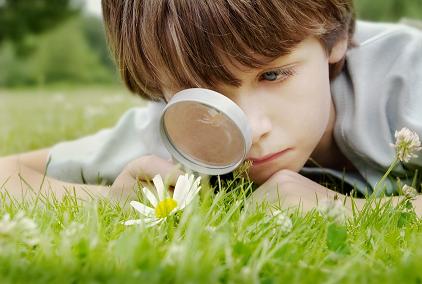Should the teacher be ‘smarter’ than the student?
TRUE STORY: When a theoretical physicist walked up to me after I finished a science class and pointed out an error (an omission, really) I made when teaching to the students… and he asked how I could call myself a scientist, let alone a rocket scientist, when I couldn’t even get the ‘facts straight’. I simply listened as he continued to elaborate about his own work, the stuff he’d designed and developed, using words I had not only never heard of, but no idea how to begin to pronounce.
Then an incredible thought hit me.
Here standing before me was no doubt a very highly educated individual who had spent years honing his skill and talent in the world of theoretical physics, been to the finest schools, taught by the most brilliant minds of the century, and worked on the most cutting-edge projects that would probably remain top-secret until the next century.
Yet I had absolutely no idea what he was talking about.
It has never been my goal to be the intelligent person in the world, in the scientific field, or even in the classroom… nor have I ever claimed to be. I have claimed to be a ‘rocket scientist’, which for some reason, means the same thing as the word ‘genuis’ to most people on the planet. I am, to put it simply, a scientist who enjoys working on rockets. This fellow assumed I meant otherwise.
He also had no acuity. He continued to talk without stopping for breath for thirteen minutes.
So here we have a highly-intelligent human being that has no sense whatsoever that he’s bored his audience (me). And furthermore, he’s has not made it clear to his listener whatever it is he wanted to convey. (I still had no idea what he was describing – some sort of lasing device, but any further information was barred by complicated terms and abstract descriptions.)
So if my goal has never been to be the smartest person in the world… what has my goal been?
My goal has always been to be the bridge between the scientific community and the real world I take big ideas and break them down into small steps that my audience can understand… and I change my approach mid-stroke if I sense that something I’m doing isn’t working. I use all my senses and abilities to get feedback and information from my audience so I can figure out the best way to deliver the right information in the right way so it makes the biggest impact on their learning long-term. I find new ways to get students to say, “Oh, NOW I get it!” To do whatever it takes to get kids wildly excited about learning science by focusing on wonder, discovery, and exploration. I know enough science so I have something of value to offer my students.
Are my students sometimes smarter than me? You bet!
Do I mind? No way. Because I want my students to stand on the shoulders of giants, just like I did.
So – when this theoretical physicist (who had a daughter in the class I just taught) finally drew a breath, I piped up: “Thank you for noticing and taking the time to let me know your thoughts, because I’m definitely a work-in-progress, and I can always use insights from people. You’re right – next time I should mention the particle-wave duality principle when we introduce the basics of light and lasers like we did in class, but I’ll have to think how the best way to deliver it to first graders. Let me know if you have any ideas – I would appreciate any help. Thanks again…”
Comments off


